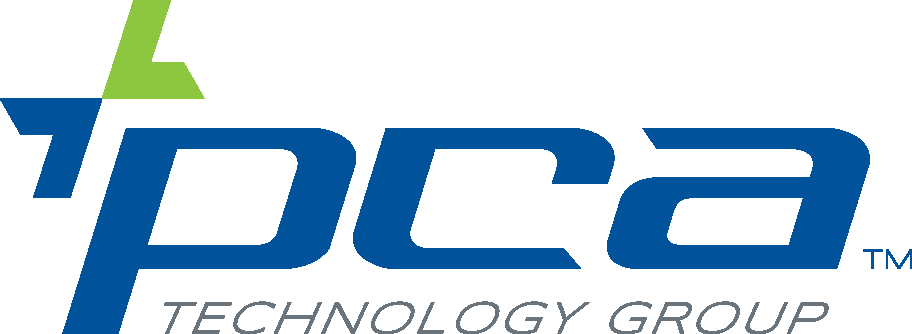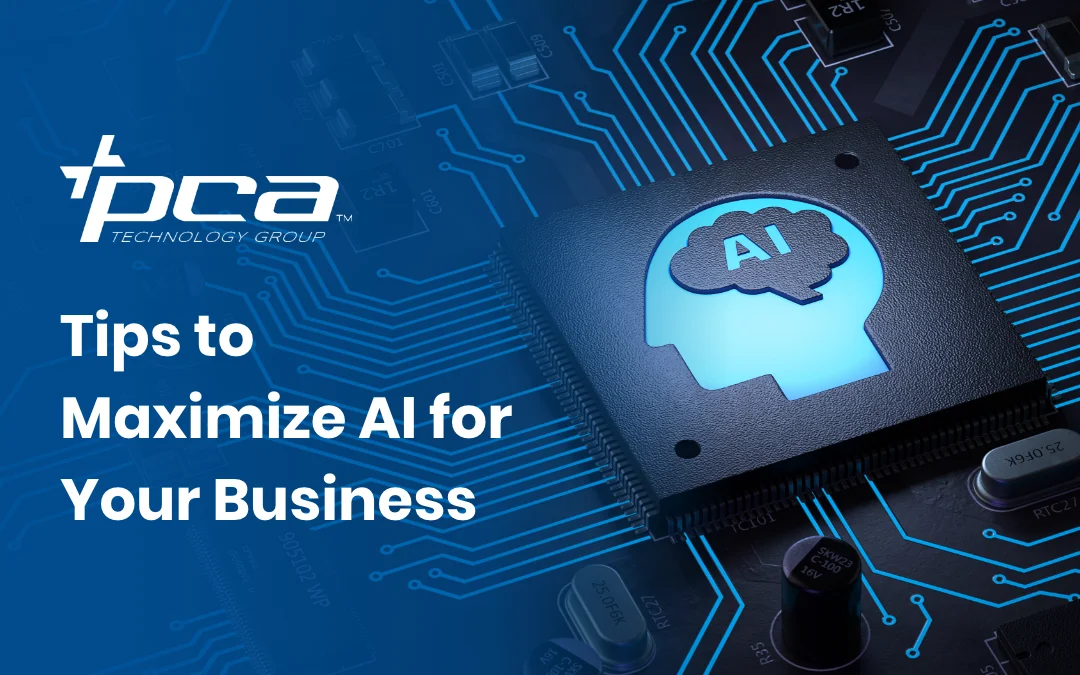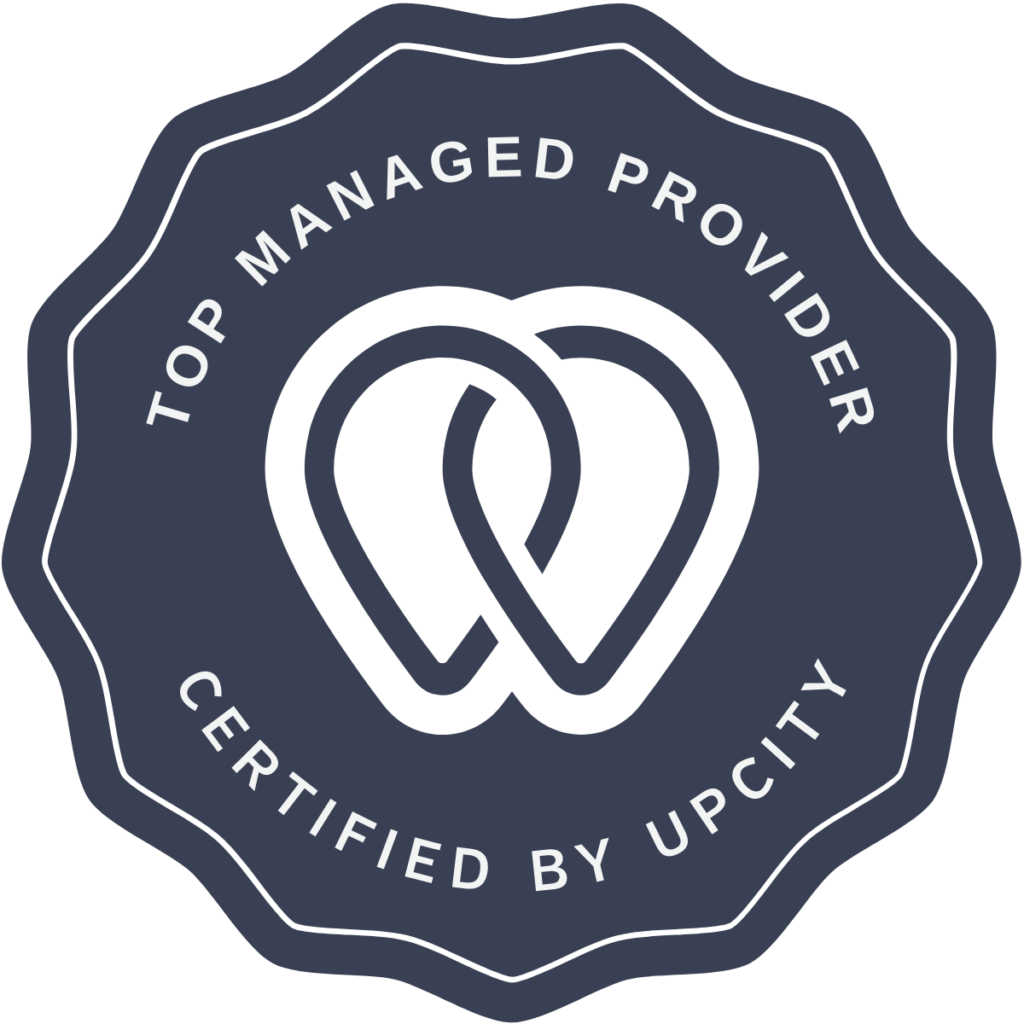Every year, scientists and programmers develop new innovations to improve existing AI (artificial intelligence) technology, while setting the foundations for whole new AI technologies. While we cannot fully predict the true potential of AI, this technology is already capable of revolutionizing the way businesses operate, as long as it is utilized correctly.
Use the tips in this article to optimize your business’s AI usage.
What is artificial intelligence?
AI is the combination of advanced programming and computer hardware to achieve a simulation of human-equivalent thinking. This includes decision-making, language comprehension, image and face recognition, problem solving, and more.
Why should you integrate AI into your business?
Even if AI hasn’t reached the heights depicted in science fiction, there are many advantages that it can offer your business, including:
- Automation: AI can free up time and effort by automating tedious and repetitive tasks, such as customer queries, system updates, and inventory management. With AI tools handling such tasks, your personnel can focus on more important and innovative projects.
- Data analytics: AI-powered analytical software can process a vast amount of data in a far shorter time frame compared to a human researcher. Organizations can use such AI solutions to identify trends and patterns, which they can apply to their business strategies.
- Fraud detection: AI’s ability to analyze and identify can also be used to detect fraud attempts. AI can compare a user’s recent, abnormal behavior to the same user’s previous activities. This safeguards your organization’s finances and reputation.
- Cybersecurity: AI-powered cybersecurity can detect and respond to cyberattacks in real time, including zero-day attacks that target vulnerabilities unknown to a system’s manufacturer.
Tips on utilizing AI
To get the most out of AI-tools you need to do more than just install them and execute their functions. As with any other tool, AI needs to be configured and used correctly to get the optimum results for their cost. Efficiently utilize AI by following these tips.
Understand the different applications of AI
One of the first steps to effectively using AI is understanding the different tasks they can perform and the business needs they can fulfill, which can be broken down into three categories:
- Process automation: The most common application of AI in business is the automation of repetitive tasks that are necessary but time-consuming. Examples of such processes include customer record upkeep and updating, billing systems, and identifying records discrepancies. Automation AI can even use language processing to extract the comprehendible provisions out of dense legal documents.
- Cognitive insight: Constituting the second most common application of AI in business, cognitive insight uses algorithms to parse patterns and trends amidst vast amounts of data. Utilizing AI in this fashion, businesses can predict customer purchasing trends, identify fraud attempts (both credit and identity) in real time, and analyze warranty reports for safety and quality issues. Cognitive insight can also be applied to marketing, enabling AI to personalize ads according to a customer’s past behavior and preferences for more effective targeting.
- Cognitive engagement: While it’s the least common business application of AI, cognitive engagement is being adopted more and more by companies across industries. Cognitive engagement refers to the use of language processing chatbots and similar tools to handle communication and administrative tasks that normally require a human respondent. Examples of cognitive engagement tasks include technical support queries, password requests, and internal employee questions (such HR policy, IT, and benefits).
Maintain data integrity
AI tools rely on the data they receive to provide quality results. Thus, to get the best use out of them, you need to ensure the integrity of the data being inputted. This means regularly assessing whether your data storage and algorithms are functioning properly. You also need to identify and address possible biases, both human (conscious and unconscious) and algorithmic, that could skew results, leading to incorrect conclusions.
Examine AI-generated results
Whether it’s an article written by a generative AI such as ChatGPT or a review provided by data analytics software, you should never immediately accept AI results at face value. In an especially infamous case, two lawyers used ChatGPT to write a legal brief which they submitted to a New York court. Said legal brief referenced legal cases that did not exist. As a result, both lawyers face sanctions and public ridicule.
Setting aside the question of AI in legal proceedings, the lawyers’ lack of judgment and discretion displays a serious potential issue when it comes to applying AI in the workplace. Always go over the results AI applications provide to identify errors or discrepancies, particularly those that can result from improper command or data inputs.
Train your employees
To ensure your organization gets the most out of AI-tools, take the time to train your employees in their use. Teach them how to use AI tools correctly and apply them to specific tasks. At the same time, educate your employees on how to maintain data integrity and how not to use AI tools to prevent scenarios like the above legal brief fiasco.
Learn more about AI-solutions and how to integrate them into your business by contacting PCA Technology Group.


